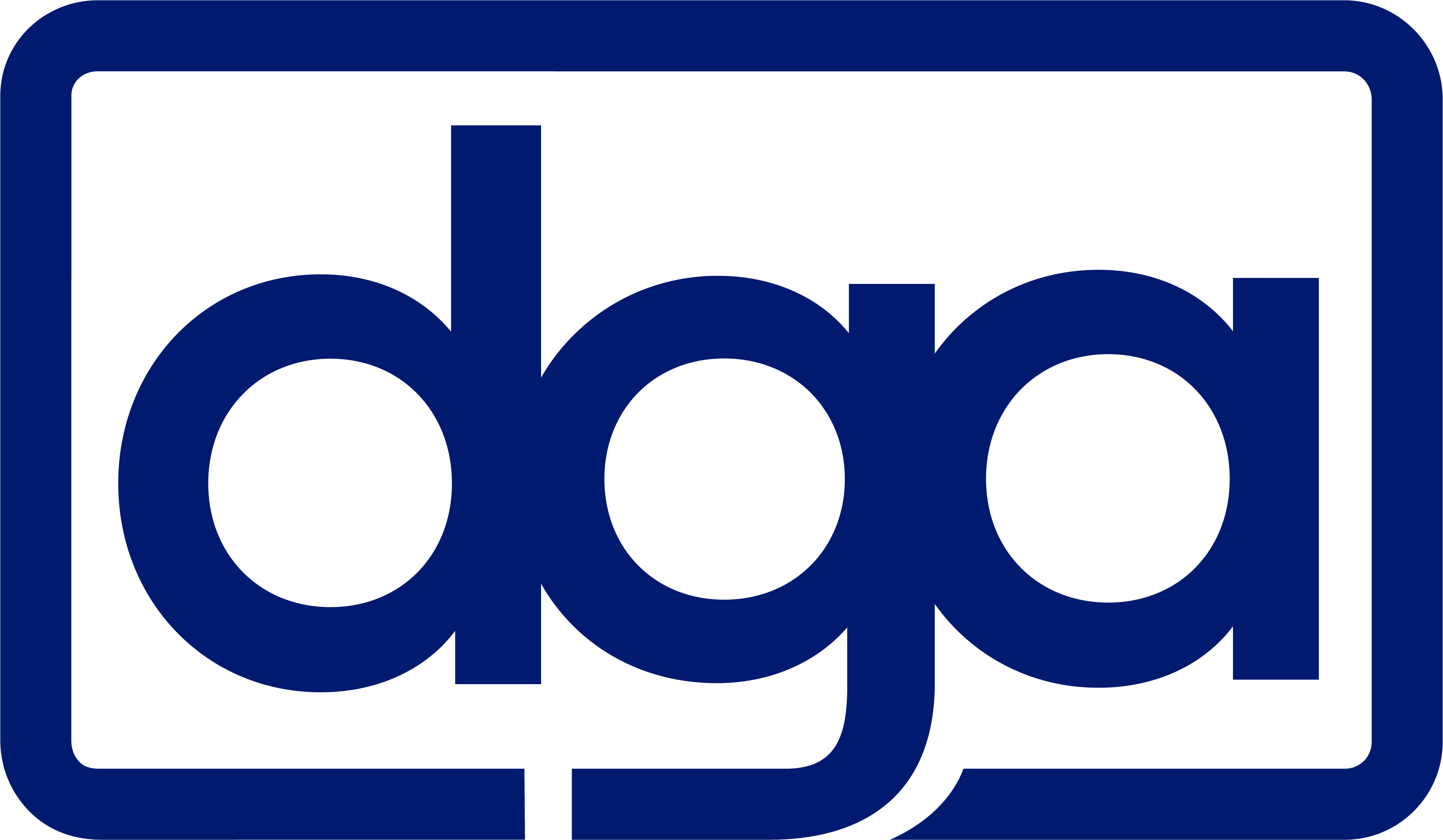MEMORANDUM: Pence Flees, Leaves Mess for IN GOP
MEMORANDUM: Pence Flees, Leaves Mess for IN GOP
TO: Interested Parties
FROM: Elisabeth Pearson, DGA Executive Director
DATE: July 15, 2016
RE: Indiana’s Governor’s Race
After publicly begging for a bailout from his tightly contested re-election campaign, Mike Pence finally got his wish. Today, Donald Trump announced Gov. Pence as his running mate for 2016.
Pence might be fleeing Indiana, but he leaves behind a massive mess for Republicans in the Indiana governor’s race. Pence’s departure creates an open seat race for governor, erasing the advantage of incumbency. Indiana Republicans will be stuck with a candidate with virtually no statewide name ID, who emerges from a competitive selection process.
Before officially naming Pence’s replacement, the state’s GOP selection committee must allow for a 10-day public notice period. This leaves the GOP nominee with approximately 100 days to launch an operational campaign before November’s general election, while attempting to show separation from Pence’s unpopular agenda.
Due to Pence’s departure, Democratic candidate John Gregg is in a stronger position than ever to win the governor’s race in November. Gregg has already been on the air for 10 weeks with TV ads introducing himself to voters, while outraising incumbent Pence for three of the past four filing periods.
Indiana Republicans are in a worse position today than they were yesterday for three primary reasons: the difficulty of open seat races, the Mike Pence drag, and the strength of John Gregg as an opponent.
1) An Open Seat
With Pence leaving, John Gregg will immediately benefit from the race becoming an open seat. Gregg, who announced for governor in 2015 and has been on TV since early May, has a significant structural and financial head start on the Republican candidate.
Though Pence was widely unpopular and badly damaged by his record as governor, he did benefit from incumbency and the bully pulpit that comes with it.
Recent history shows the power of incumbency: 50 of the past 53 sitting American governors have won their contests for re-election, according to Politico. And, 23 of the last 28 gubernatorial seats to flip parties have been in races with open seats.
2) The Mike Pence Drag
No matter which Republican makes it onto the ballot, he or she will have to answer for Pence’s failed record as governor.
Pence rode in on the coattails of Mitch Daniels. In Democratic polling from September 2012, 62 percent of Indiana voters believed the state was on the right track. That figure has dropped by double digits in the ensuing 4 years.
Pence leaves the governor’s office with only 39% of Hoosier voters wishing to “build on the current direction established by Mike Pence” while 51% prefer a “significantly new direction” for the state, according to internal Democratic polls.
Whoever Republicans nominate will have to clearly enunciate a plan to turn the page from Mike Pence’s agenda – a strategy that John Gregg has already been laying out for a year.
After signing the law that allowed Indiana businesses to openly discriminate against the LGBT community, Pence’s numbers slipped badly underwater and haven’t recovered. The latest polling from Bellwether Research shows Pence leaving office with only 36% of voters saying he should be re-elected and 40% of voters approving of his job as governor.
3) John Gregg is a strong, proven candidate
Since entering the election in April of 2015, John Gregg has shown prowess on the campaign trail and has proven to be an increasingly strong candidate.
Over the last 16 months, Gregg has reported strong fundraising numbers and has outraised Pence in three of the last four filing periods. In the first quarter of 2016, Gregg brought in $1.9 million, outraising Pence by nearly $500,000. The election’s latest filing reports show Gregg having raised $8.6 million, with $5.8 million cash-on-hand.
Gregg has also smartly invested resources to introduce himself to Hoosier voters. Immediately following the primary election in May, Gregg went on air with a 30-second TV ad, “A Day in the Life.” The spot was his first positive entry point in an ad-campaign that will continue through November. Gregg then followed up with a 60-second biographic spot titled “Work Hard,” and is now up with the 30-second spot “Carrier” detailing Indiana economic troubles and highlighting his own solutions.
Meanwhile, Pence’s GOP replacement will have approximately 100 days to launch a campaign before the November election.
While the eventual Republican scrambles to fundraise and introduce their message to Hoosier voters, Gregg will continue to lay the groundwork of his vision for Indiana.
In the last month, Gregg has outlined a detailed 35-point economic plan to bring high-quality jobs to Indiana, has laid out a plan to bring universal pre-K plan to the state’s schools, and named rising star state Rep. Christina Hale as his running mate in a widely-applauded move.
“John Gregg has begun to emerge as the candidate that Indiana Democrats, not to mention a lot of independents and even some Republicans, have been hoping he would be,” wrote Indianapolis Star columnist Matt Tully in June.
Link to this memo provided here.

